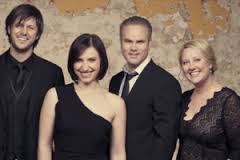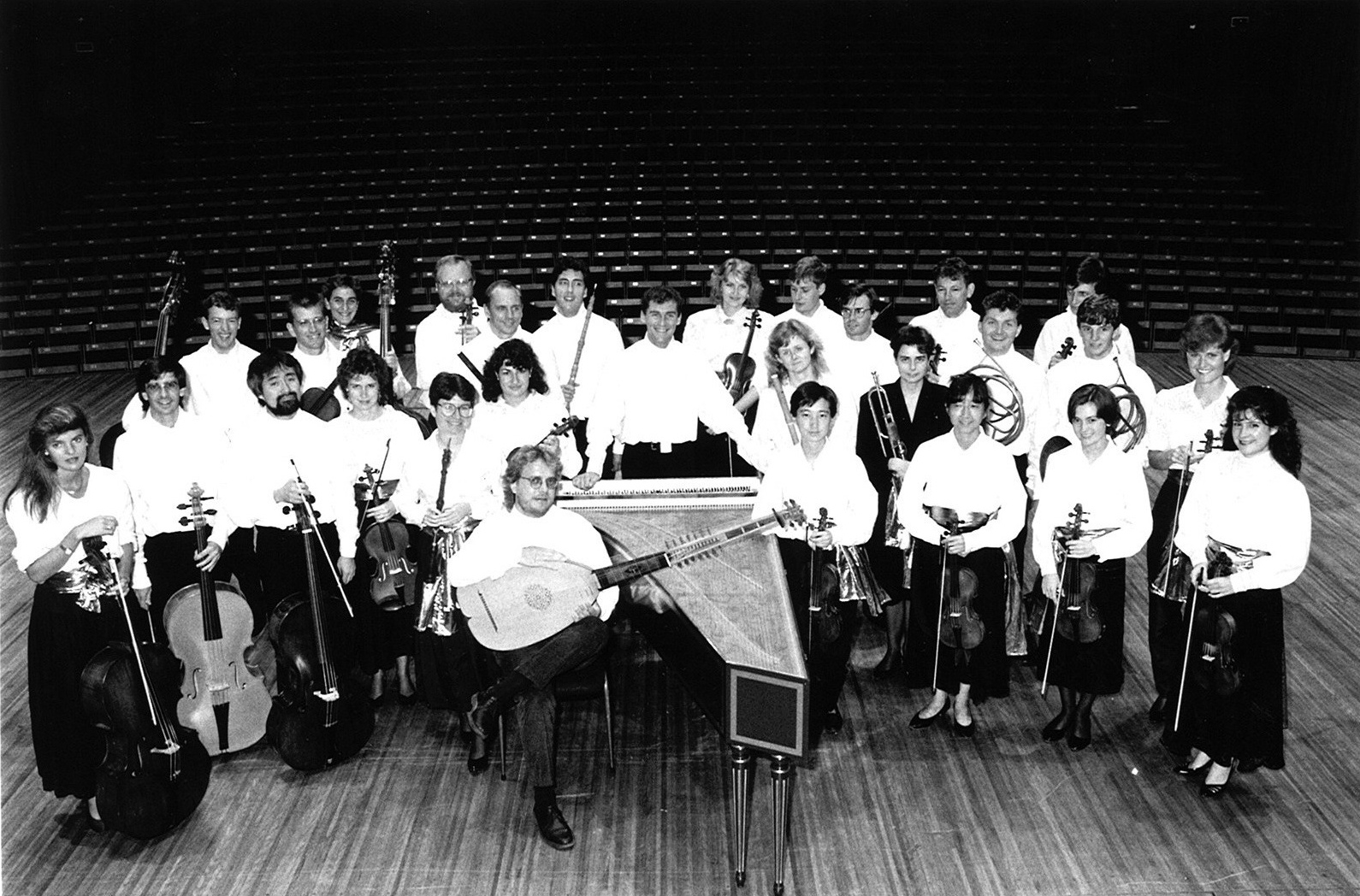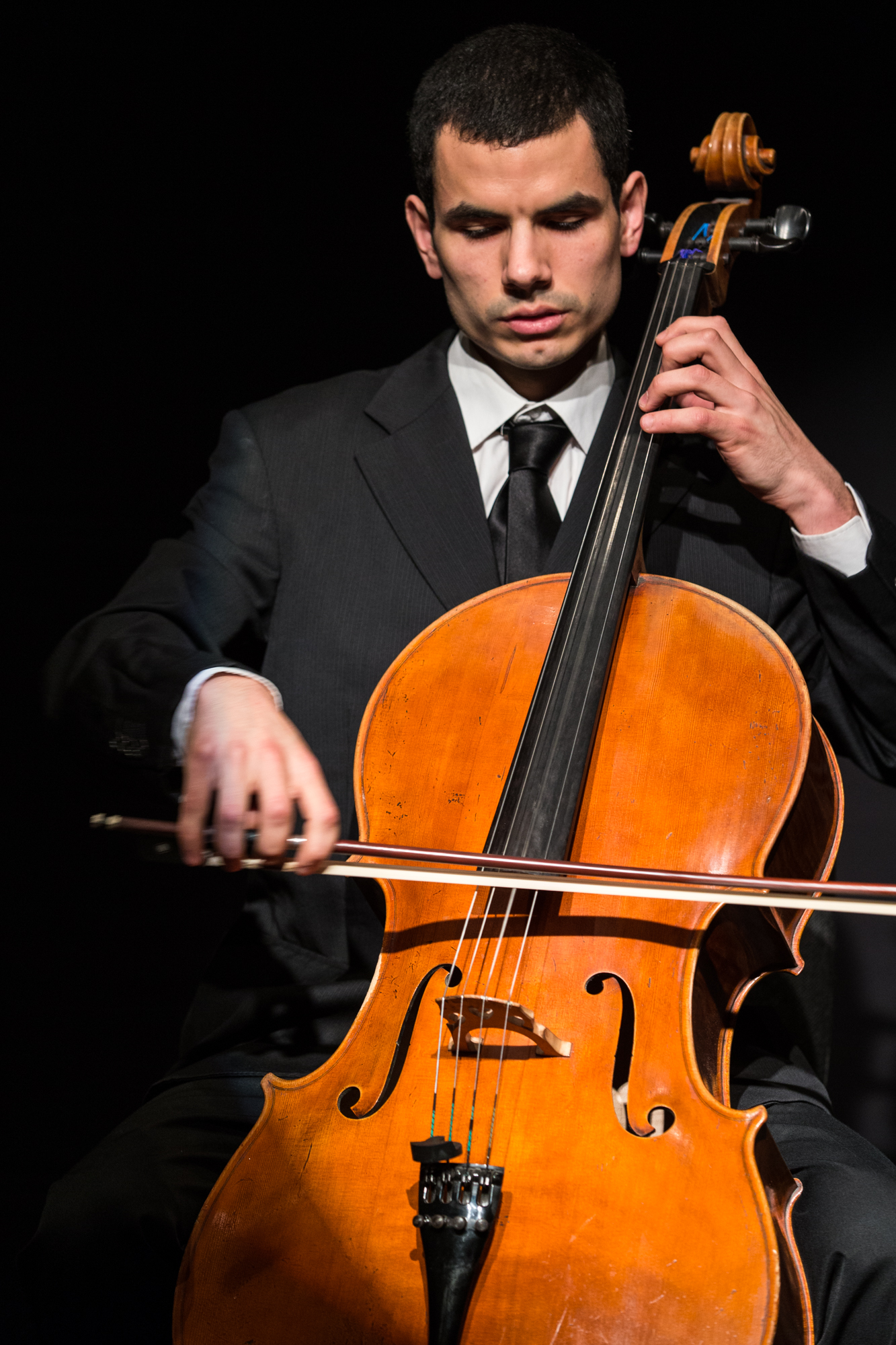bezuidenhout reinvents mozart on the fortepiano
 Listen to Kristian Bezuidenhout play Mozart’s Piano Concerto no. 18 in B flat major, KV 456, on the track at the bottom of this page.
Listen to Kristian Bezuidenhout play Mozart’s Piano Concerto no. 18 in B flat major, KV 456, on the track at the bottom of this page.
SoundsLikeSydney met fortepianist Kristian Bezuidenhout (Be-zay-den-hote) in London on the eve of his departure to Boston, for the biennial Boston Early Music Festival. A few hectic weeks after this, he will head to Sydney where he will perform the music of Mozart on the fortepiano with the Australian Brandenburg Orchestra.
Bezuidenhout has received high international acclaim for his realizations of Mozart’s keyboard works. His revival of the fortepiano has made audiences sit up and take notice of this instrument that has languished on the sidelines for too long. The Dutch newspaper De Telegraaf dauntingly describes him as “Mozart reincarnated” whilst The Boston Globe offers a more down-to-earth, but no less complimentary summing up as “A vigorously intelligent musician, well equipped with the technique to back up some extraordinary new ideas about old music.”; and The Times of London describes him as “a fortepiano specialist of sparkling powers”.
Born in South Africa, Bezuidenhout’s grew up and studied in Australia before moving to the New York to study at the Eastman School. Now based in London, his performing and lecturing circuit takes in Europe, the UK and the USA as well. He is presently recording the complete keyboard works of Mozart for Harmonia Mundi. Past recordings have included highly regarded collaborations with violinist Viktoria Mulova (playing on gut strings with an antique bow) and Mark Padmore (Schumann’s Dichterliebe).
This is Bezuidenhout’s second concert series in Sydney, His first, during 2007 is memorable for his rendition of Mozart’s Rondo for piano and orchestra in A major, K. 386. This year he presents more Mozart – the Rondo in D major for piano and orchestra K382 and the Piano Concerto no 22 in E flat major K482. He’ll be performing on the Australian Brandenburg Orchestra’s own fortepiano, a replica of the instrument that Mozart played.
SoundsLikeSydney asked the unassuming Bezuidenhout how his performance might be different in 2011, compared with his 2007 performances. His responses were thoughtful. “Since 2007 I have played a lot of Mozart, especially in preparation for the Harmonia Mundi recordings. It has given me a better understanding of the music and allowed me to ‘play the music in’ a great deal more. But most of all, perhaps, it has created in me; an interest in finding an approach that does justice to the work not only as a virtuoso soloist. My interpretation is as much about working with a period orchestra more vividly to create a symphony with keyboard obbligato’.
Bezuidenhout points to the Australian Brandenburg Orchestra’s rehearsal schedule as being ideal for achieving this balance, because of the amount of time dedicated to working with the soloist. “Paul Dyer and his group like getting the balance just right and so they plan a lot of rehearsal time” he says.
Commenting on the choice of concert repertoire, Bezuidenhout says “The two works, the K382 and the K482, show the fortepiano in different roles. The orchestral fabric of the K482 is unbelievably rich and sophisticated. It is a real step back into Salzburg. Mozart’s writing for the winds is especially beautiful and takes you right back into that sound world”.
Students of popular instruments like the violin or the piano face a confusing array of choices when seeking performers from whom to learn – either by listening to recordings or first hand learning. For years, the fortepiano has been the wallflower of solo instruments with few expert practitioners. Is this a disadvantage? Bezuidenhout says“It’s a matter of studying the music, its history, listening to it and shaping it into a historically accurate performance”. Bezuidenhout has learnt from some of the best keyboard players in the world, and they include Malcolm Bilson, Arthur Haas and Paul O’Dette.
The recording project for Harmonia Mundi, with the Freiburg Baroque Orchestra led from the violin by Petra Mullejans, is expected to extend to 10 recordings. The first two volumes were released in 2010 and 2011. The recordings contain combinations of works not yet recorded together and demonstrate Bezeidenhout’s gifts, as described by The Guardian: “This new series from …. Kristian Bezuidenhout promises great things, and this instalment is superb…… Bezuidenhout can give the C minor sonata (K457) full force and weight without ever sounding overblown, while the exquisite A minor rondo and B minor adagio have a gentle, unforced eloquence. Both that adagio and the andante of K330 end by shifting minor material into the major mode, to unbearably poignant effect’.
For this meticulous performer, preparation is essential, but refreshingly he doesn’t lack spontaneity. “Rehearsal sessions can be very detailed and planned…but the best things that happen in a performance are spontaneous and fresh!”






